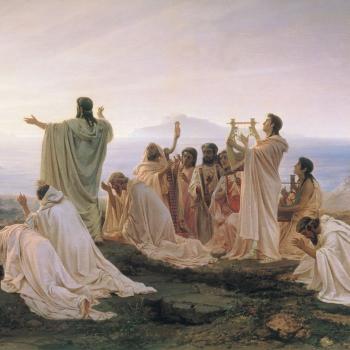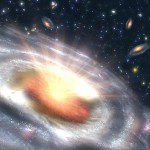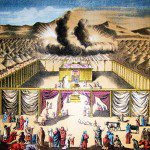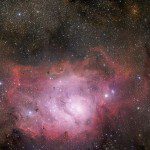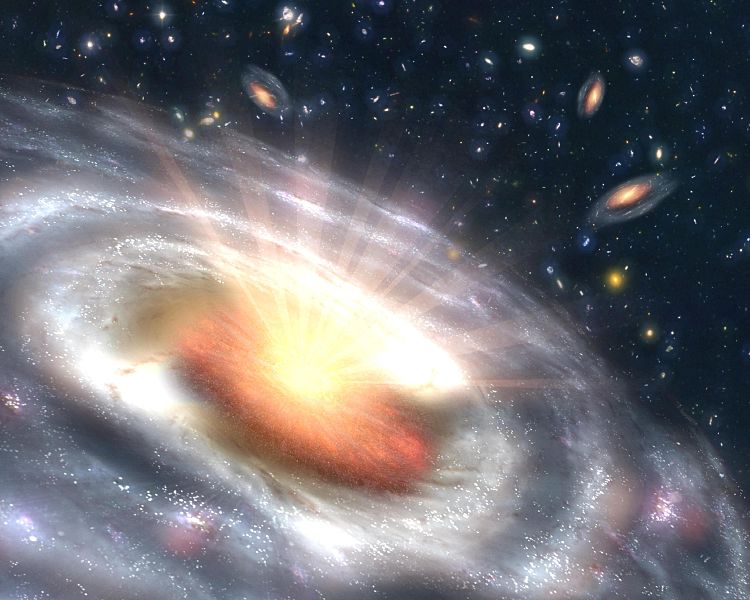
Allan Sandage discovered the first quasar, calculated the value of Hubble’s constant, and made the first plausible determination of the age of the universe. He also lived just a few blocks from the house in which I grew up — something that I learned only a few weeks before he died. How I wish that I had known!
The current issue of Scientific American contains a really nice summary article by the British astrophysicist and cosmologist Martin Rees, Baron Rees of Ludlow, entitled “How Astronomers Revolutionized Our View of the Cosmos: The universe turns out to be much bigger and weirder than anyone thought” (Scientific American 323/3 [September 2020, 323/3]: 58-64) about the history of modern cosmology. Martin Rees has been the Astronomer Royal since 1995. From 2004 until 2012, he also served as the master of Trinity College, Cambridge, and from 2005 to 2010, he was the president of the Royal Society.
The article is very clearly and approachably written, and I commend it as a good overview for those who want to learn about the topic or to refresh their memories. I’m pleased, too, that Rees seems to have very specifically tried to credit some of the previously unsung women who made pioneering contributions to the field.
The piece describes how scientists determined that stars are made of the same basic elements that we know on earth, rather than the quintessence or “fifth essence” (beyond earth, water, air, and fire) postulated by pre-modern thinkers., and how they are powered. Among others, the Anglo-American astronomer Cecilia Payne-Gaposchkin (1900-1979) contributed to this work. The Russian-American astronomer Otto Struve (1897-1963) is said to have described her doctoral dissertation as “the most brilliant Ph.D. thesis ever written in astronomy.”
The article also tells about the famous 1920 “great debate” between Harlow Shapley and Heber Curtis about whether the Milky Way represented the entirety of the visible universe (Shapley’s position) or whether the fuzzy nebulae that had been observed were beyond our local galaxy (Curtis’s view). In 1924, Edwin Hubble resolved the question in favor of Curtis’s view on the basis of observational data, interpreted on the basis of techniques partially developed by Henrietta Swan Leavitt (1868-1921), who was the subject of George Johnson’s enjoyable biography Miss Leavitt’s Stars.
In 1933, Fritz Zwicky detected what we now know as “dark matter,” the existence of which was confirmed in the 1970s by, among others, the American astronomer Vera Rubin (1928-2016). And yet, Martin Rees comments, “we are hardly closer than we were in the 1930s to figuring out what it is” (61).
Rees goes on to discuss Albert Einstein’s work on gravity in his general theory of relativity, and the related phenomena of neutron stars, pulsars (mentioning the relevant work of the Irish astrophysicist Jocelyn Bell Burnell [b. 1943]), black holes, and quasars.
(Probably to be continued.)



